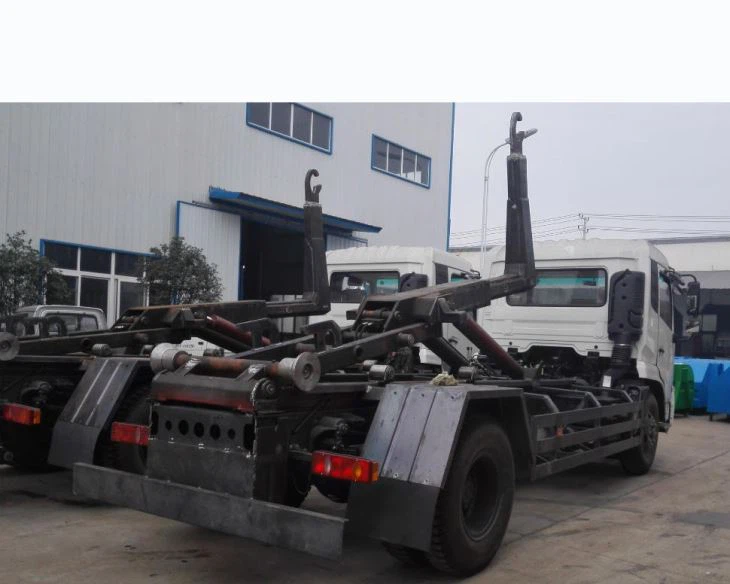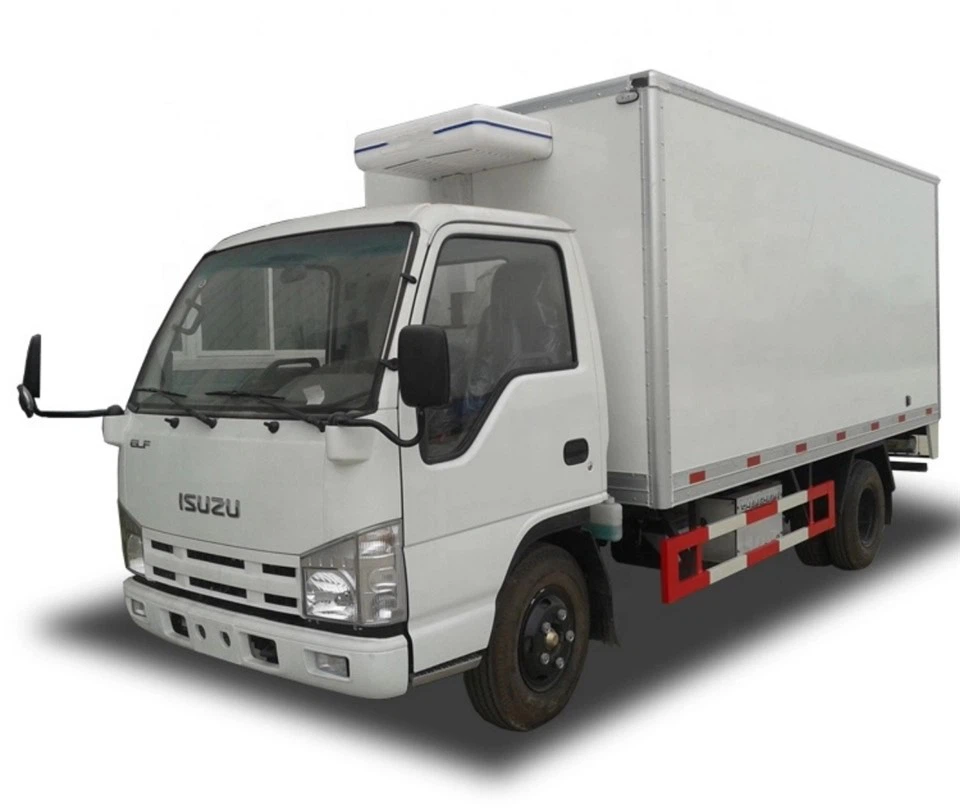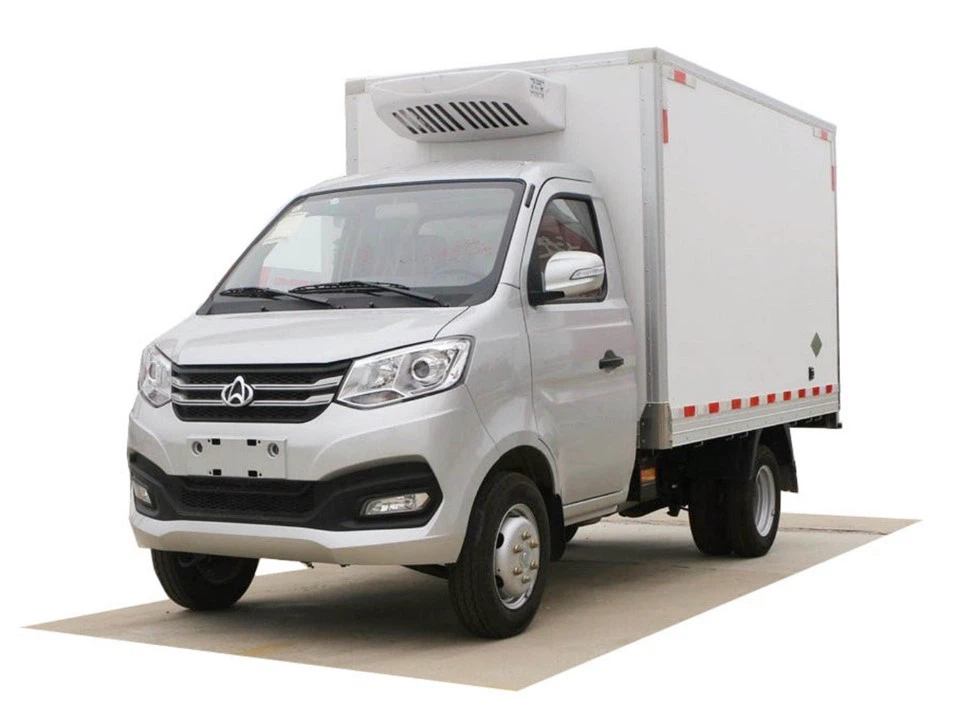2017 567 Peterbilt: A Comprehensive Guide

The 2017 567 Peterbilt is a premium model designed for those who demand performance, comfort, and reliability. This truck is particularly popular among owner-operators and fleet managers due to its robust design and excellent capabilities. In this article, we will explore all aspects of the 2017 567 Peterbilt, including its specifications, features, performance, maintenance tips, and more.
Introduction to the Peterbilt 567
The Peterbilt 567 is part of the medium-duty truck range that combines traditional styling with state-of-the-art technology. Designed primarily for vocational applications, this model offers versatility for various types of work, including construction, transportation, and utility services. With a focus on driver comfort and operational efficiency, the 567 stands out as a reliable choice in the competitive trucking market.
Key Specifications of the 2017 Peterbilt 567
Engine Options
The 2017 Peterbilt 567 comes equipped with a range of engine options designed to provide the power needed for heavy-duty tasks. Here are some notable engine choices:

| Engine Model | Horsepower (HP) | Torque (lb-ft) | Displacement (L) |
|---|---|---|---|
| Cummins ISX12 | 400-600 | 1,450-2,050 | 12.0 |
| Paccar MX-13 | 500-605 | 1,850-2,050 | 12.9 |
Transmission Options
Several transmission options are available for the 567 to meet various driving preferences:
- Fuller Manual Transmission – 10 to 18 speeds
- UltraShift PLUS Automated Manual Transmission
- Paccar 12-Speed Automated Transmission
Dimensions and Weight
Understanding the dimensions and weight of the 567 is critical for gauging its suitability for different applications:
| Dimension | Value |
|---|---|
| Overall Length | Various (up to 30 ft) |
| Overall Width | 96 inches |
| Height | Varies by cab type |
| Gross Vehicle Weight Rating (GVWR) | Up to 66,000 lbs |
Performance and Efficiency
Fuel Economy
Fuel efficiency is a key concern for truck operators. The 2017 567 Peterbilt is designed to deliver competitive fuel economy, especially with advanced engine options. Proper maintenance and driving habits can enhance efficiency, contributing to lower operational costs.
Driving Experience
The driver’s experience in the 567 is prioritized with ergonomic seating, intuitive controls, and a quiet cab. The optional Smart Air Suspension enhances ride comfort, making long hauls less taxing.
Example of Driving Comfort
Many drivers have reported that the adjustable driver seat and ample legroom significantly improve their experience during extended drives, reducing fatigue.
Design Features
Cab Options
The 567 comes with various cab configurations, including:
- Day Cab
- Sleeper Cab
- Extended Cab
This flexibility allows fleet operators to choose a cab that best suits their operational needs.
Interior Features
Some key interior features include:
- Bluetooth connectivity for hands-free calls
- Advanced navigation systems
- High-quality audio systems
Safety Features
Safety is paramount in trucking. The 2017 567 Peterbilt includes various safety technologies to enhance operator security:
- Collision Mitigation Systems
- Lane Departure Warning Systems
- Vehicle Stability Control
Common Applications

The versatility of the 2017 Peterbilt 567 makes it suitable for various applications:
Construction
The truck is frequently used in construction due to its durability and capability to handle heavy loads.
Towing
Many operators utilize the 567 for towing, given its powerful engine options and high towing capacity.
Utility Services

Its reliability makes it a popular choice for utility services, where time-sensitive operations are critical.
Maintenance Tips for the 2017 Peterbilt 567
Regular maintenance is essential for the longevity and performance of the 567. Here are some helpful tips:
Oil Changes
Regular oil changes are vital to engine health. Always follow the manufacturer’s guidelines regarding oil type and change frequency.
Tire Care
Monitoring tire pressure and tread depth can enhance safety and fuel efficiency. Rotate tires regularly to ensure even wear.
Braking System
Always inspect your braking system, including brake pads and fluid levels, to maintain optimal safety features.
Owner Testimonials
Understanding real-world experiences can be helpful for prospective buyers. Here are some owner testimonials:
- “The Peterbilt 567 has been a game changer for my business. Its reliability allows me to focus on getting the job done.” – Mark T.
- “I love the comfort and features of this truck. It makes long hauls much more enjoyable.” – Sarah J.
Frequently Asked Questions (FAQ)
1. What is the average cost of a 2017 Peterbilt 567?
The average cost varies based on the configuration and condition. Expect to see prices ranging from $100,000 to $160,000.
2. How does the 2017 Peterbilt 567 compare to newer models?
While newer models may feature updated technology, the 2017 567 remains competitive with its robust design and features.
3. What types of financing are available for purchasing a 2017 Peterbilt 567?
Many financing options exist, including loans through dealerships, banks, and specialized truck financing companies.
4. How fuel-efficient is the 2017 Peterbilt 567?
Fuel efficiency can vary based on load and driving conditions, typically averaging around 6-8 MPG.
5. Are there any common issues reported with the 2017 567?
Some users have noted electrical issues occasionally, but these tend to be resolved promptly with service updates.
6. What warranty coverage is available for the 2017 Peterbilt 567?
Most 2017 models come with a standard warranty; however, this varies based on the dealer and service history of the specific truck.
